Lexus has built a reputation based on the efficiency of its hybrid drive systems. Existing owners already know about the benefits of our petrol-electric powertrains, but with more drivers looking to save fuel and cash as overall living costs rise, now is the perfect time to highlight how to drive a hybrid and the benefits of hybrid drive.
Here we guide you through the benefits of a hybrid drive system, and show you how you can make the most of its efficiency every day, using the Lexus UX small premium SUV as an example.
How does hybrid drive work?
Whichever Lexus hybrid you choose, the system comprises of the same three basic elements: a petrol engine, an electric motor and a battery pack dedicated to driving that electric motor. In the instance of the UX 250h, this means a 2.0-litre petrol engine and an electric motor powered by a 1.4kWh battery. All three systems are joined together via an eCVT gearbox that sends drive to the wheels, while the vehicle’s electronics manage energy flow to and from these sources via the eCVT transmission.
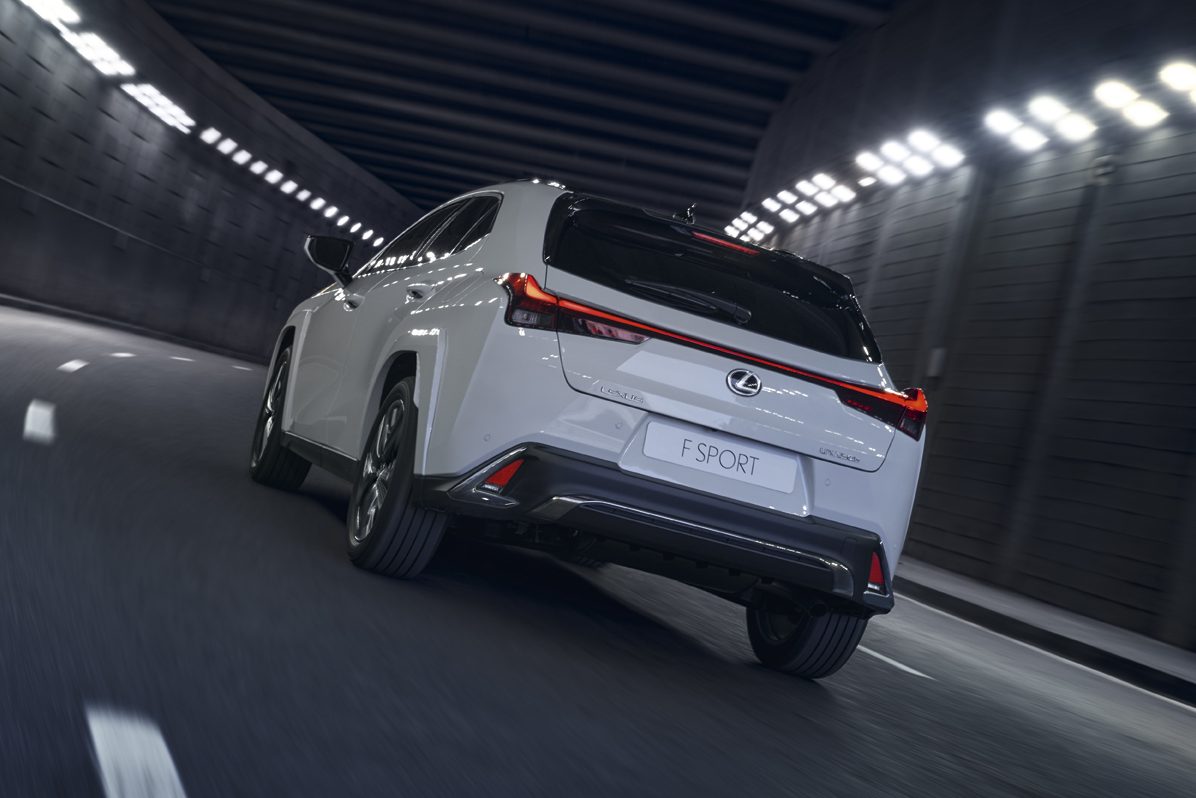
While the system recharges the battery when the car is on the move, there’s plenty that you can do to help save energy with every drive. Here are some helpful tips to make this powertrain as efficient as possible.
How to save fuel by driving efficiently
A smooth driving style is the best way to boost efficiency. Look as far ahead to see what’s coming, and you will be able to better prepare for any situation. This applies on every road but is doubly important in urban areas where cars such as the UX 250h spend more time running on electric drive than they do on petrol power.
A sharp press of the accelerator will see the engine fire up immediately, so is best avoided. To boost efficiency, try applying the accelerator smoothly so that the electric motor does most of the work before the engine cuts in. If you’re looking far enough ahead and see a hazard, then lift off the throttle early so that the drive system starts harvesting energy back into the battery, ready for when it’s next needed.
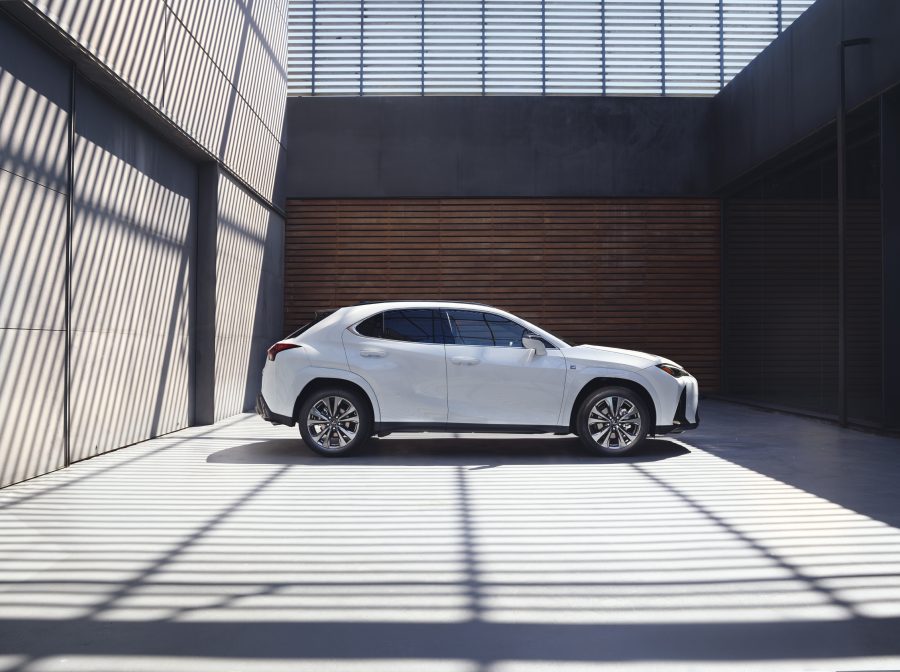
Concentration is key, and if you’re focusing on driving, then you’ll be able to boost your efficiency easily. You’ll be able to anticipate what’s happening around you, meaning you’ll spend less time stopping. You’ll use less energy getting back up to speed when compared with pulling away from stationary, too.
Speed is an important element in the quest for efficiency. While the motorway speed limit is 70mph, tests have proved that dropping your speed by 10mph can improve fuel efficiency by roughly 10 per cent. Going slower might feel frustrating, but how much extra time will a journey really take? Lower speeds will help put more energy back into the battery while you’re driving, too.
How to save fuel with preparation
A regularly serviced Lexus will be at its optimum to deliver the best efficiency because all of the mechanical components will be checked to ensure they’re in the best working shape. Checking that the engine oil is topped up will help, too.
Tyre pressures are another factor in delivering the best efficiency. Under-inflated tyres create additional drag, so the hybrid system has to do more work (and thus use more fuel) to keep your car moving. Buy a tyre pressure gauge to use for a consistent reading, because garage forecourt air pumps could be inaccurate.
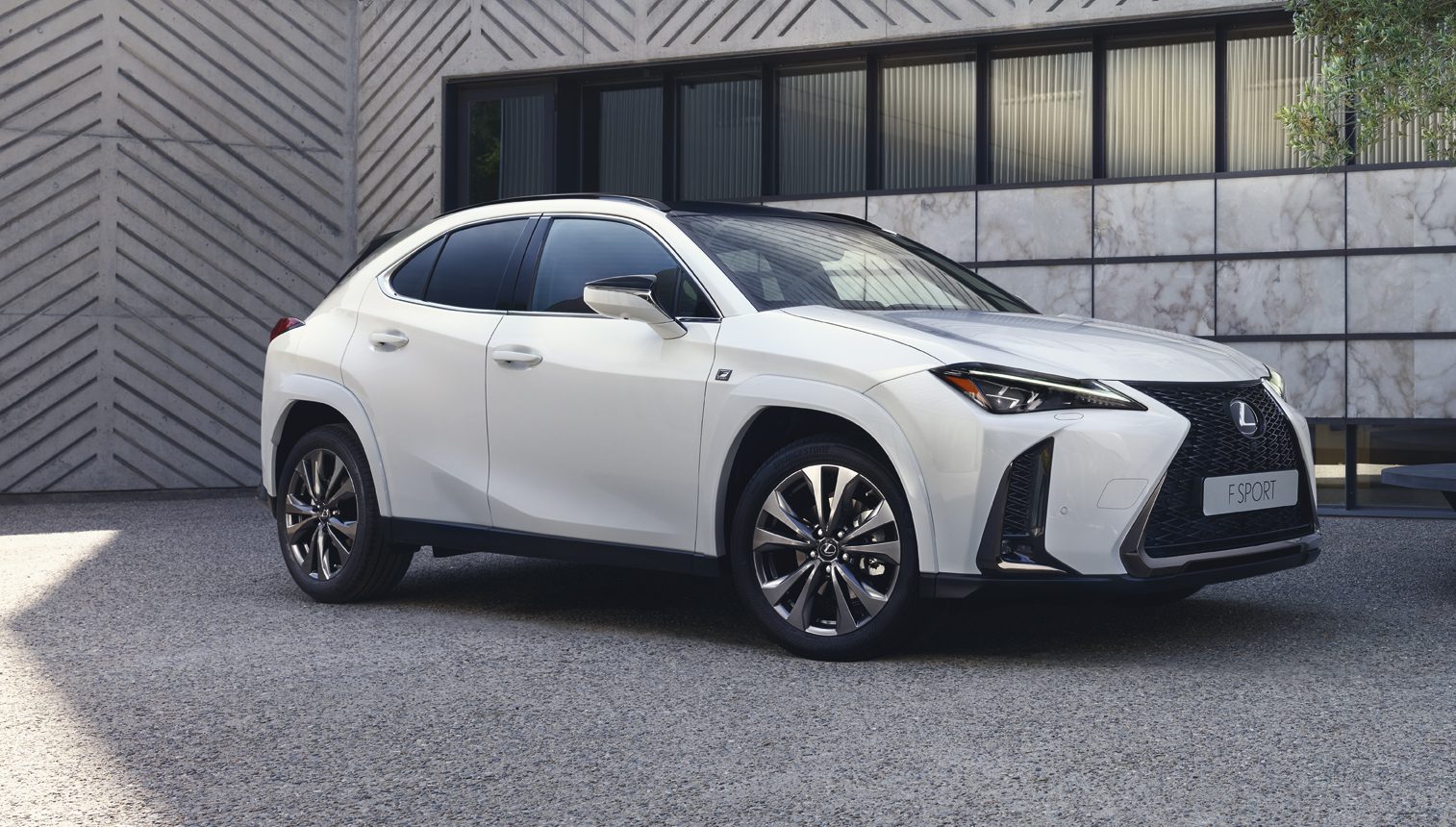
Weight saving is another way to help reduce your car’s energy use. If there’s less weight for the hybrid system to move around, then less effort will be needed to get up to speed. It might be worth doing a weekly clearout of your car to help keep the weight down – remember that every little helps in the quest for efficiency.
A similar rule applies to roof racks. These not only add weight, but they also cause aerodynamic drag, which spoils the airflow over the car and further blunts economy. If you don’t need your rack or roof bars, take them off and reap the benefits!
The Lexus UX 250h features a menu within the touchscreen that lets you monitor your efficiency. There is a real-time energy flow graphic and a minute-by-minute guide that shows you your energy use during any journey. Useful features such as this can help you to boost your efficiency even further.
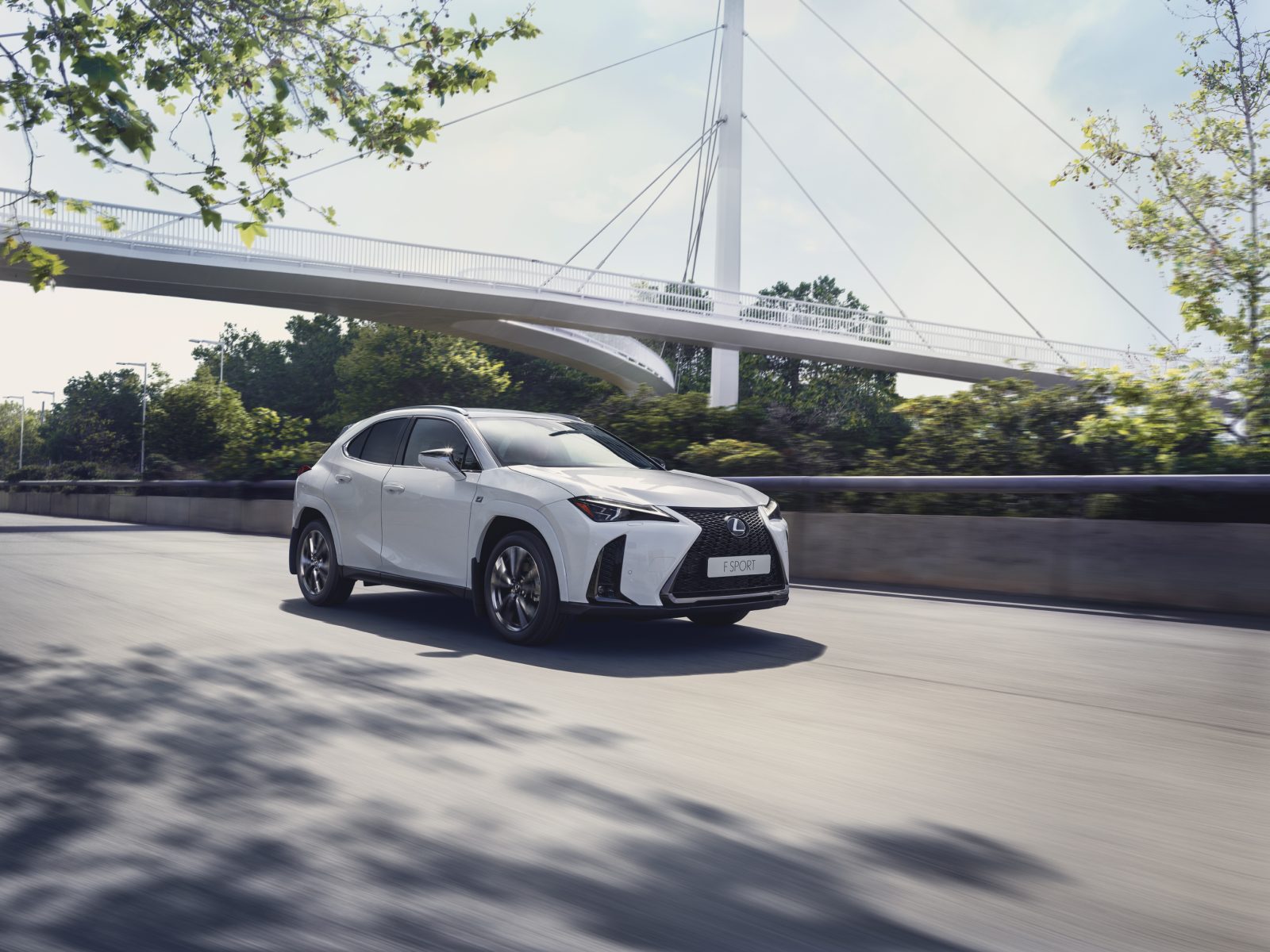

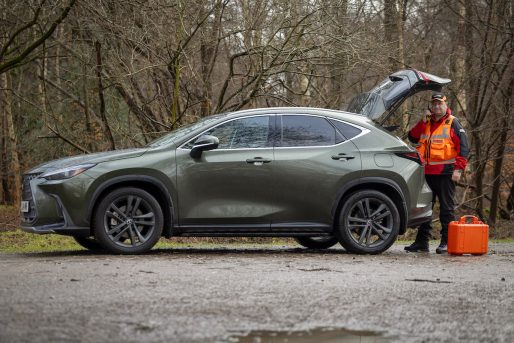
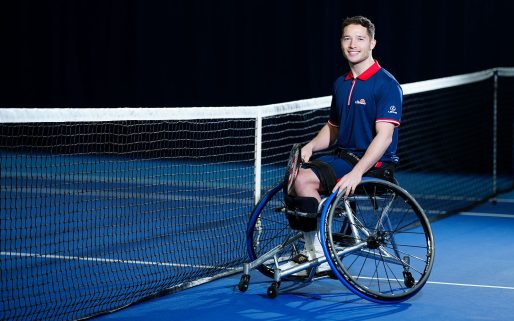
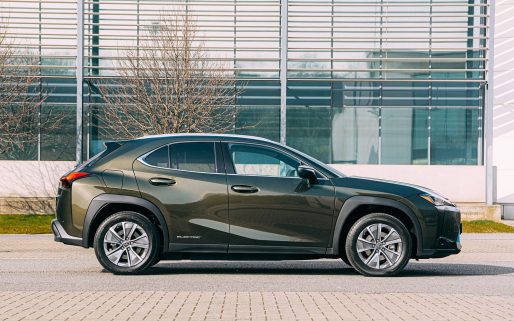
Efficient use of intelligent cruise control set at its longest range helps me to achieve 55+ mpg from my ER300H
I am not totally comfortable with the drive slower on motorway advice. I do appreciate the intent, but find cars travelling slower than expected a bit a hazard / obstruction on motorways. Although I guess if it becomes more common then less so.
Couldn’t agree more. The institute of Advanced Motorists (IAM) always recommends keeping up to the speed limit if safe to do so. To do 55 mph on a motorway could be hazardous
I agree with Jonathan Rowland’s comment on motorway driving, with a minor comment in that, if the motorway is quiet, which I know is not the case in southern motorways, cruise control setting produces a very efficient return. I live in a rural area and travel most of the time on single track roads with the upper limit at 60mph, this helps too as it means you are forced into anticipating ‘normal’ rural traffic and tourist traffic. I have had my NX since September 2019 and I ran the engine in (I’m old school) and I get excellent return on rural driving and urban motorways. When visiting relatives in the Northwest of England, travelling from Scotland, 390miles and not putting the hammer down, I can easily get 55 to 60 mpg.
Would you give me more detail on either the optimum weekly mileage or length of time in any one journey, that is advised to ensure the battery does not fail. Are several journeys of less than 5miles before stopping inadvisable unless there is more than one much longer run in any one week? I have been told that it takes 20minutes of driving to put back the energy taken to actually start the car. (Lexus UX), so how many times could you do that before the battery would be depleted.
Hello Margaret, thanks for your message.
Is this in regards to a Pure Electric vehicle (EV), Hybrid Electric Vehicle (HEV) or Plug-in Hybrid Electric vehicle (PHEV)?
Thanks.
I completely agree with the use of Cruise Control (adaptive if you have it) on motorways. The computers are much more efficient at maintaining speed with the minimum accelerator pressure than us humans. In motorway traffic queues I use the adaptive cruise control on my LS600hL to allow the computers to choose electric or petrol mode for keeping up with the car in front, and at a safe distance. I have to say that at these low speeds, it always chooses electric mode. On a 250 mile motorway trip, I regularly achieve 30+mpg and this car weighs over 2 tons, has done over 120,000 miles and is more than 13 years old! Absolutely BRILLIANT.